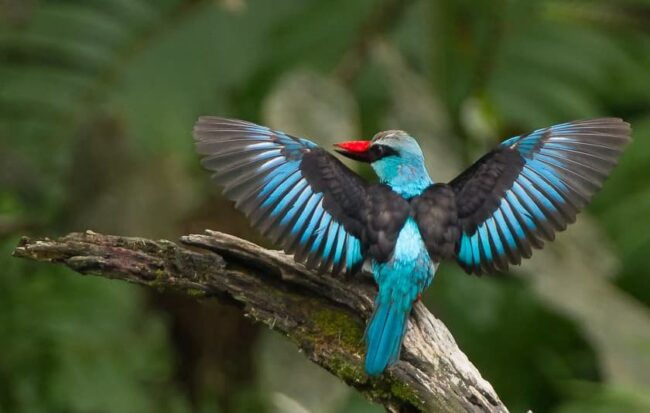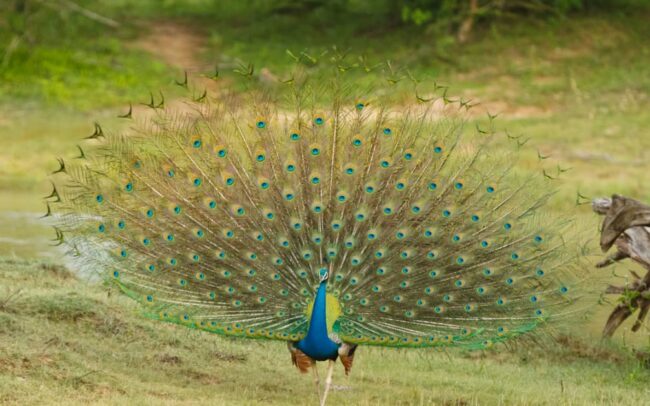The Bullock’s Oriole is a large songbird that is found in western North America. It is a member of the oriole family, and it is known for its bright orange and black plumage. The Bullock’s Oriole is a popular subject for birdwatchers, and it is also an important part of the ecosystem.
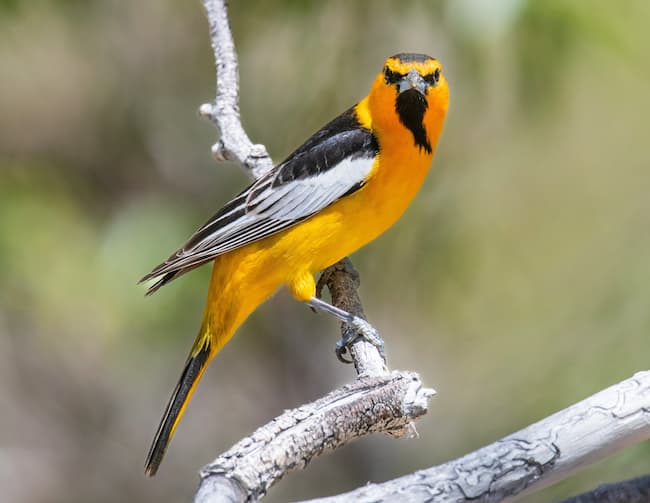
The Bullock’s Oriole is a large bird, about 7-8 inches long. The male Bullock’s Oriole has a bright orange head, chest, and back. The wings and tail are black, and the belly is white. The female Bullock’s Oriole is slightly smaller than the male, and she has a duller plumage.
Habitat
The Bullock’s Oriole is found in open woodlands, meadows, and riparian areas. It prefers areas with trees and shrubs, where it can find food and shelter. The Bullock’s Oriole is a migratory bird, and it winters in Mexico and Central America.
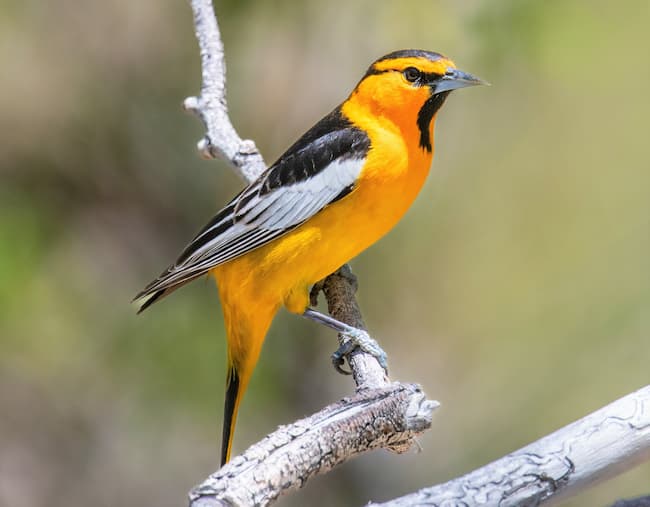
Diet
The Bullock’s Oriole is an insectivore, and its diet consists mainly of insects, spiders, and other invertebrates. It will also eat berries, seeds, and fruit.
Song
The Bullock’s Oriole has a beautiful song that is a combination of whistles and warbles. The male Bullock’s Oriole sings to attract a mate, and he will also sing to defend his territory.
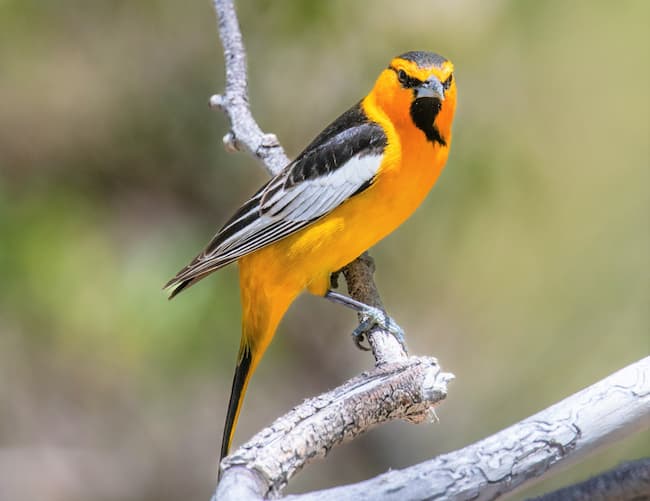
Behavior
The Bullock’s Oriole is an active and acrobatic bird. It is constantly flitting from branch to branch, and it is often seen hanging upside down from trees. The Bullock’s Oriole is also a social bird, and it often forms flocks with other birds.
Life Cycle
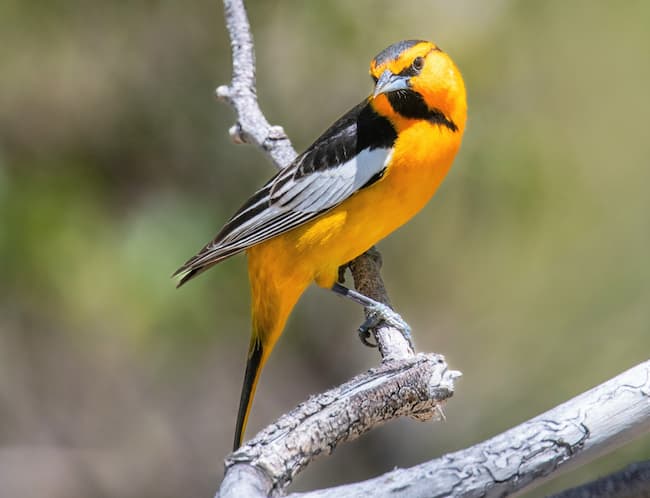
The Bullock’s Oriole breeds in the spring and summer. The male Bullock’s Oriole builds a nest in a tree or shrub, and the female lays 3-7 eggs. The eggs hatch after about 12 days, and the young birds fledge after about 14 days.
Conservation Status
The Bullock’s Oriole is not considered to be a threatened or endangered species. However, its population has declined in some areas due to habitat loss and fragmentation.
Conclusion
The Bullock’s Oriole is a brilliant and fascinating bird. It is an important part of the ecosystem, and it is a joy to watch. We should all do our part to protect this amazing creature.
